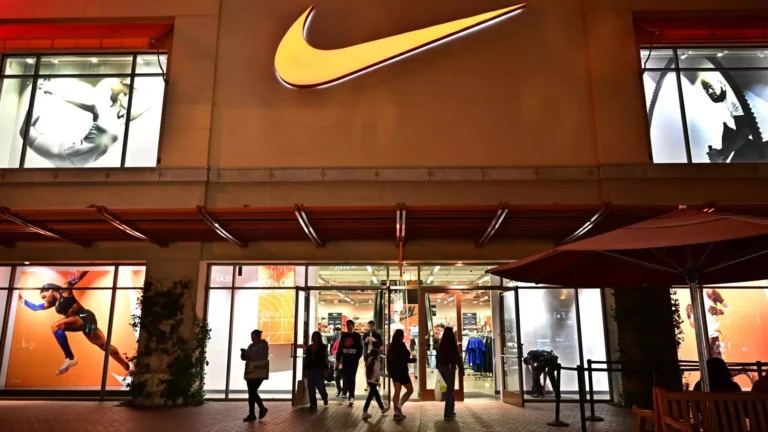Restaurant Brands International: A Closer Look at Q3 Earnings and Future Outlook

Restaurant Brands International (RBI), the parent company of a well-known portfolio that includes Burger King, Popeyes, Firehouse Subs, and Tim Hortons, recently unveiled its quarterly earnings report, which has sparked a flurry of discussions among analysts and investors alike. The results have notably fallen short of Wall Street’s expectations, shedding light on both the challenges and the opportunities facing the organization in a competitive and fluctuating market. This article will dive into the intricacies of the reported figures and analyze the factors contributing to the quarterly performance.
For the third quarter, Restaurant Brands International reported adjusted earnings per share of 93 cents, which was slightly below the anticipated 95 cents expected by analysts, based on data from LSEG. Revenue came in at $2.29 billion, falling short of expectations of $2.31 billion. These figures have led to a notable decline of approximately 2% in the company’s shares during early trading post-report. Such metrics reveal a concerning trend, as same-store sales growth across all four chains exhibited a mere increase of 0.3%. This lackluster growth has raised alarms regarding the overall financial health of the conglomerate and its various brands.
The report also highlighted the struggles faced by several key brands under RBI during the quarter. Notably, Burger King, Firehouse Subs, and Popeyes saw a decrease in same-store sales, which is particularly worrisome as these declines came during a time when consumer spending appears to be waning. Specifically, Burger King recorded a 0.7% drop in same-store sales, against analysts’ expectations of a stable performance. Although the brand is currently engaged in a revitalization strategy, there are signs that external pressures, such as falling consumer spending, are complicating this effort. The reigning “value wars” between competitors add another layer of difficulty for the fast-food chain, contributing to a challenging marketplace.
Popeyes also underperformed, with a 4% decrease in same-store sales, against a predicted growth of 0.2%. In response, the brand has seemingly attempted to bolster its offerings with value promotions but has yet to see significant success. Firehouse Subs faced a similar fate, witnessing a 4.8% drop, significantly worse than the anticipated decline of 0.4%. Each of these declines poses serious questions about brand loyalty and consumer preferences amid economic fluctuations.
Amidst the gloomy outlook for most of RBI’s brands, Tim Hortons emerged as a notable exception. The Canadian coffee chain achieved domestic same-store sales growth of 2.3%, albeit still below Wall Street’s expectations of 4.1%. The chain’s improvements in traffic and service efficiency underscore its potential to drive revenue further. However, Tim Hortons must continue to innovate and optimize its operations to align more closely with investor expectations.
CEO Josh Kobza has pointed to a potential recovery on the horizon, attributing an uptick in October’s same-store sales to successful marketing strategies and a more positive consumer sentiment influenced by easing inflation and decreasing interest rates. However, while short-term improvements can be promising, long-term trends will depend on the company’s ability to navigate and adapt to an ever-changing economic landscape.
This optimistic note, while refreshing, is set against a backdrop of RBI having to revise its full-year system-wide sales growth outlook down to a range of 5% to 5.5%. The adjustment signals a cautious stance for the remainder of the fiscal year, amid challenges that remain unresolved in the current quarter.
The earnings report from Restaurant Brands International serves as a reminder of the complexity inherent in the fast-food industry today. With multiple brands facing declining sales and shifting consumer behaviors, it is essential for RBI to remain agile and responsive to market conditions. While certain brands show glimmers of promise, the overall sentiment reflects apprehension about the foreseeable future. As the company continues its turnaround efforts, its performance will be closely monitored by industry analysts, investors, and consumers alike. The road ahead may be fraught with challenges, but it also holds the potential for revitalization and growth if managed effectively.





